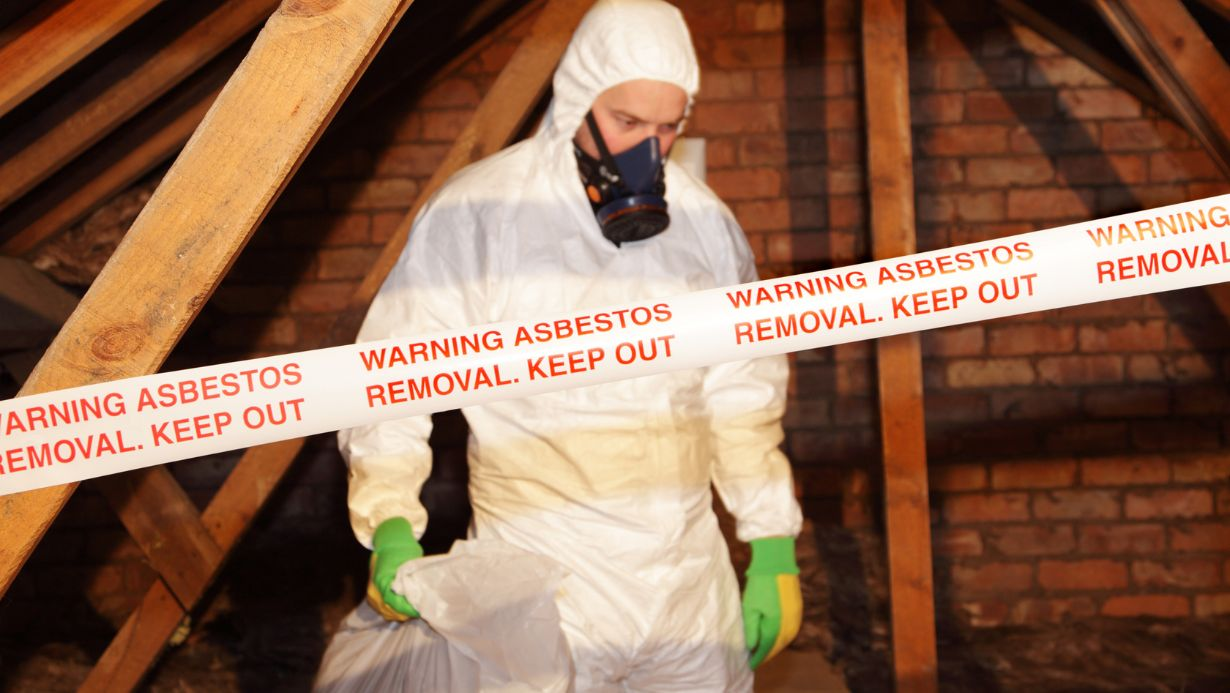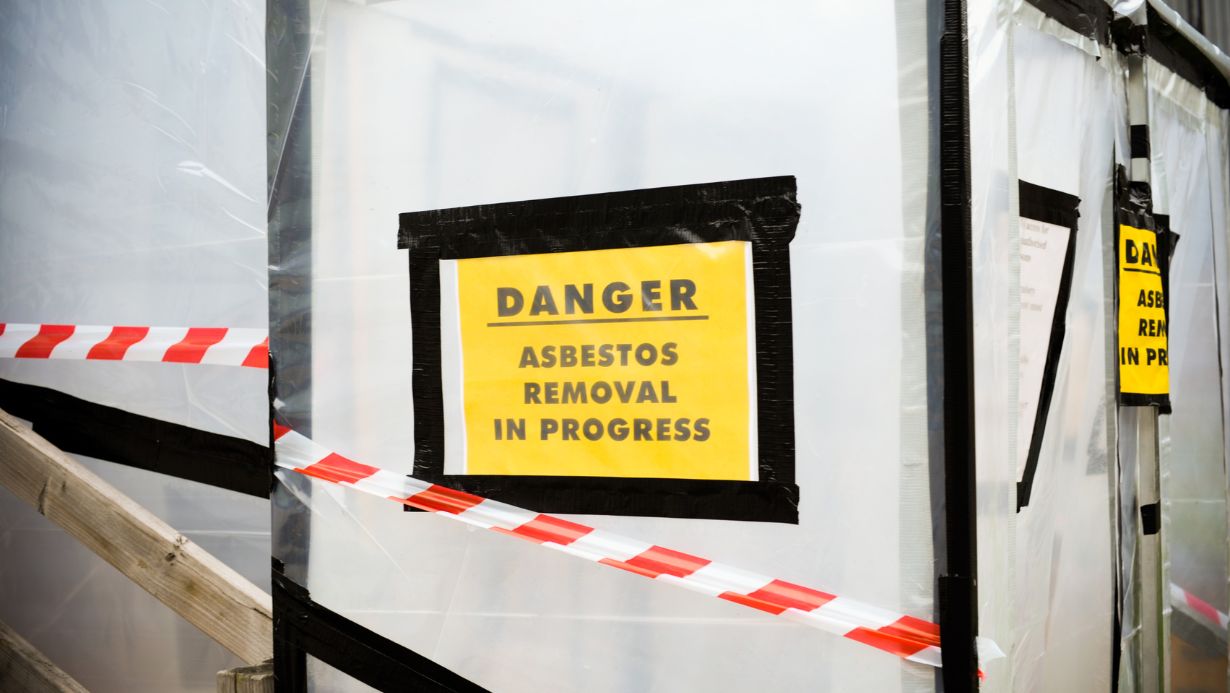Asbestos Insulation: How To Identify And What To Do About It?
Discover The Essential Facts About Asbestos Insulation, Its Health Risks, And Safe Removal Practices. Learn How To Protect Your Home And Comply With Regulations.
- What is Asbestos?
- Types of Asbestos Fibers
- Properties of Asbestos Insulation
- Identifying Asbestos Insulation
- Visual Characteristics
- Common Locations for Asbestos Insulation
- Using Testing and Sampling Methods
- What Does Asbestos Insulation Look Like?
- Health Risks Associated with Asbestos Exposure
- Asbestos Insulation Removal and Remediation
- Alternatives to Asbestos Insulation
- Comparative Benefits and Drawbacks
- Environmental Impact of Asbestos
- Asbestos Insulation in Older Buildings
- Conclusion: Empowering Awareness and Action
Discover the essential facts about asbestos insulation, its health risks, and safe removal practices. Learn how to protect your home and comply with regulations.
Asbestos, once hailed as a miracle mineral, has a long history of use, dating back thousands of years. Its fire-resistant and insulating properties made it an ideal choice for various applications, including insulation in homes and commercial buildings. However, its widespread use was primarily during the 20th century, before the severe health risks associated with asbestos exposure were fully understood.
As we delve into the world of building materials, the topic of asbestos insulation emerges with a blend of intrigue and caution. This blog aims to shed light on asbestos insulation, a substance that once revolutionized the construction industry but now poses significant health risks. We'll explore its history, importance, and the reasons why identifying it in buildings is crucial for safety and health.
What is Asbestos?
Asbestos refers to a group of naturally occurring mineral fibers found in rock and soil. These fibers are strong, resistant to heat and chemicals, and do not conduct electricity, making them a popular choice for a variety of construction materials, including insulation.
Types of Asbestos Fibers
There are several types of asbestos fibers, each with its unique properties and health implications. The most common are Chrysotile (white asbestos), which was widely used in buildings and homes, and Amosite (brown or silvery gold asbestos), known for its use in high-temperature insulation. Although all types of asbestos are hazardous, the shape and aerodynamic qualities of these fibers affect how easily they can be inhaled into the lungs, posing different levels of risk.
Asbestos was once considered an ideal insulation material for its remarkable properties. It provided effective thermal insulation, was lightweight yet durable, fire-resistant, and even offered soundproofing benefits. These features made asbestos insulation a staple in construction, used for protecting pipes, in attic and wall insulation, and around boilers and furnaces.

Properties of Asbestos Insulation
Asbestos insulation's properties made it an attractive choice for builders and homeowners alike. Asbestos is an excellent insulator against heat and cold, making buildings more energy-efficient by maintaining indoor temperatures. Its resistance to fire helped in protecting structures and materials from fire damage, a significant advantage in construction materials.
Asbestos materials are also known for their strength and durability. Insulation containing asbestos could last for decades without deteriorating, making it a seemingly cost-effective solution for long-term insulation needs.
While asbestos insulation had these beneficial properties, the realization of its health hazards led to stringent regulations on its use. In many countries, asbestos-containing materials are no longer used in new constructions, and asbestos insulation banned in existing buildings must be carefully managed or removed by certified asbestos abatement companies to prevent asbestos exposure.
Identifying Asbestos Insulation
Here’s how you can spot potential asbestos-containing materials in buildings.
Visual Characteristics
Asbestos insulation does not have a uniform appearance, as it was used in various forms and mixes. However, some visual cues can raise suspicion. Asbestos-containing insulation may look like a fluffy, loose material similar to cotton candy but in a gray or silver color. For instance, asbestos pipe insulation often appears as a corrugated cardboard or plaster-like wrap, sometimes covered with a canvas or paint.
Common Locations for Asbestos Insulation
Asbestos insulation was commonly used in areas needing heat resistance or soundproofing. This includes asbestos attic insulation, pipe insulation, around boilers and furnaces, and within walls. Asbestos pipe wrap and block insulation were particularly popular for their fire-resistant properties in utility rooms, basements, and near heating and cooling systems.
Using Testing and Sampling Methods
The only definitive way to determine if insulation contains asbestos is through professional testing. This involves taking a small sample in a safe manner and having it analyzed by a certified laboratory. Given the health risks associated with asbestos dust, it's advised to hire professionals experienced in handling asbestos materials for sampling and testing.
What Does Asbestos Insulation Look Like?
Asbestos insulation can vary in appearance based on its condition, age, and the specific type of asbestos material used. In good condition, asbestos insulation might look intact and undisturbed. However, if it’s old or damaged, it may appear friable, meaning it can easily crumble into a powder, releasing asbestos fibers into the air.
Asbestos was used in many forms of insulation:
- Loose-fill asbestos insulation resembles small, fluffy fibers or pellets and can be found in attics or wall cavities.
- Spray-on asbestos insulation was used for fireproofing, soundproofing, and thermal insulation, often seen on ceilings or walls.
- Asbestos blanket or block insulation was used for wrapping pipes, boilers, and ducts.
Health Risks Associated with Asbestos Exposure
Exposure to asbestos fibers, especially through inhalation, can lead to severe respiratory diseases, including lung cancer, mesothelioma, and asbestosis. The health implications of asbestos exposure are profound and long-lasting. When asbestos fibers are inhaled, they can lodge in the lungs, causing scarring, inflammation, and eventually, serious respiratory diseases. Symptoms may take decades to appear, underscoring the importance of early detection and prevention of asbestos exposure.
The use of asbestos in insulation and other building materials is heavily regulated under laws enforced by the Environmental Protection Agency (EPA) and the Occupational Safety and Health Administration (OSHA). These regulations aim to protect public health by limiting asbestos exposure in the workplace and during the renovation or demolition of buildings containing asbestos materials. Homeowners and contractors must be aware of these regulations to ensure compliance and protect human health.
Asbestos Insulation Removal and Remediation
Asbestos removal is a delicate process that requires specialized equipment and safety measures to prevent asbestos dust from contaminating the air. Proper procedures include sealing off the area, using HEPA filter-equipped vacuums, and wearing protective gear. All asbestos materials must be wetted down to minimize fiber release before careful removal and disposal.
Due to the health risks and regulatory requirements associated with asbestos, hiring a certified asbestos abatement company is often the safest and most efficient way to handle asbestos insulation removal. These professionals are trained in safe removal practices, regulatory compliance, and proper disposal methods, ensuring the job is done safely and effectively.
If you suspect asbestos in your home, consulting with professionals is the best course of action to assess and manage the risk.

Alternatives to Asbestos Insulation
With the known risks of asbestos, many safer, effective insulation materials are available on the market. Here’s a look at some modern alternatives.
- Fiberglass Insulation: Made from fine glass fibers, it's widely used due to its fire-resistant and non-combustible properties.
- Cellulose Insulation: Consisting of recycled paper treated with fire retardants, it's an eco-friendly option that provides excellent thermal insulation.
- Mineral Wool: Including rock wool and slag wool, mineral wool is made from natural or industrial waste materials and offers superior fire resistance and thermal insulation.
- Spray Foam Insulation: Expands to fill gaps, providing an airtight seal. It's known for high energy efficiency and moisture resistance.
Comparative Benefits and Drawbacks
These alternatives come with their own set of advantages, like better energy efficiency, eco-friendliness, and fire resistance. However, they also have drawbacks, such as higher costs (in the case of spray foam) or potential irritation from fiberglass fibers. The choice of insulation should consider the specific needs of the building, budget, and environmental impact.
Environmental Impact of Asbestos
The disposal and ecological consequences of asbestos pose challenges that extend beyond health risks. Asbestos waste must be handled with care, sealed in leak-tight containers, and disposed of in designated landfill sites that accept hazardous materials. Improper disposal can lead to environmental contamination and expose wildlife and humans to health risks.
The natural mining and processing of asbestos can have detrimental effects on the environment, including habitat destruction and pollution. When asbestos materials are improperly disposed of or disturbed, fibers can be released into the air and water, posing risks to ecosystems and human populations nearby.
Asbestos Insulation in Older Buildings
Renovating or demolishing older buildings necessitates careful attention due to the potential presence of asbestos insulation. The key to safely handling such projects lies in a thorough inspection for asbestos-containing materials, followed by adherence to strict guidelines set by the EPA and OSHA. Licensed professionals must be employed for asbestos removal, encapsulating or encasing it if necessary, to prevent the release of hazardous fibers during the work.
Moreover, for buildings slated for demolition, it's not enough to simply tear down the structure. The presence of asbestos requires that particular methods be employed to contain and remove the material before demolition can proceed safely. This might involve encapsulation (covering asbestos material with a protective barrier) or encasement (sealing asbestos in a protective shell) to prevent fiber release during the demolition process.
Conclusion: Empowering Awareness and Action
In our journey through understanding asbestos insulation, we've unveiled its history, risks, and the importance of identifying and safely managing it in our living and working environments. Recognizing asbestos insulation's hazardous potential underscores the necessity of professional handling and strict regulatory compliance to protect public health.
With the emergence of safer, modern insulation alternatives, we can transition to more sustainable and health-conscious building practices. This blog serves as a guide for homeowners, contractors, and anyone involved in building maintenance to navigate the complexities of asbestos with informed care and responsibility.

